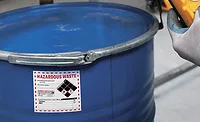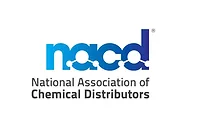EPA has re-released a proposed definition of its solid-waste rule to streamline regulation of hazardous secondary materials.
As proposed, the rule provides exclusions for:
- materials that are generated and reclaimed under the control of the generator;
- materials that are generated and transferred to another person or company for reclamation under specific conditions; and
- materials that EPA deems non-waste through a case-by-case petition process.
In addition, the recycled material must be managed as a valuable product, and must not contain toxic constituents at significantly greater levels than non-recycled product.
EPA estimates that streamlining the management of secondary materials in a cost-efficient but safe manner will result in an average cost savings of $107 million a year from both reduced regulatory burden and increased recycling. EPA also estimates about 4,600 facilities handling more than half a million tons of hazardous secondary materials annually may be affected by this proposed rule, including the Coating and Engraving sector.
For more information, contact NPCA’s John Hopewell at jhopewell@paint.org.
Looking for a reprint of this article?
From high-res PDFs to custom plaques, order your copy today!





